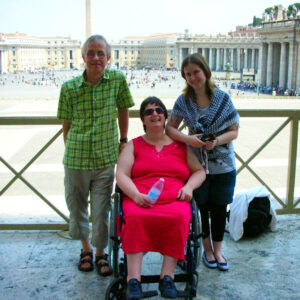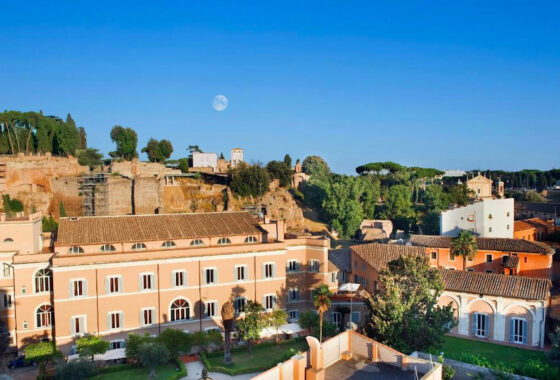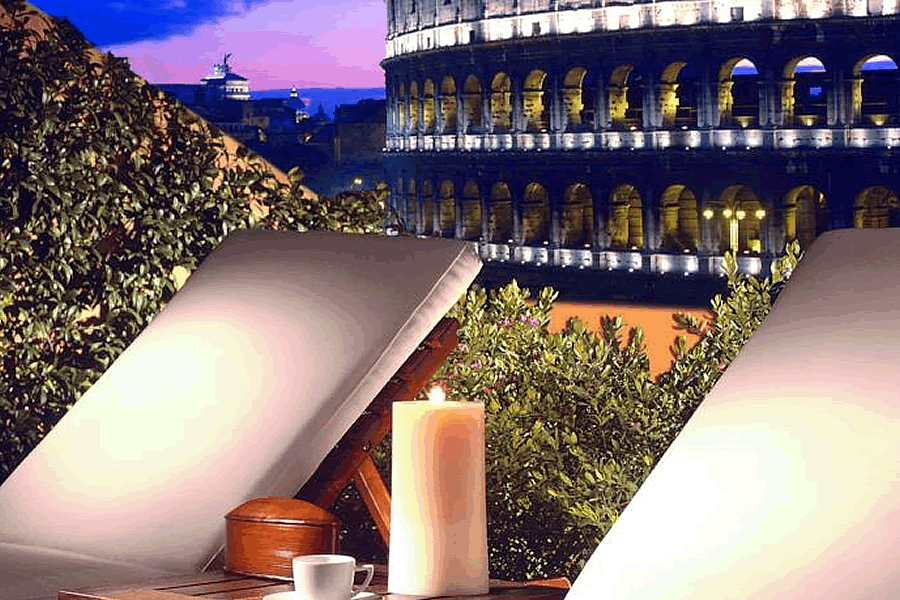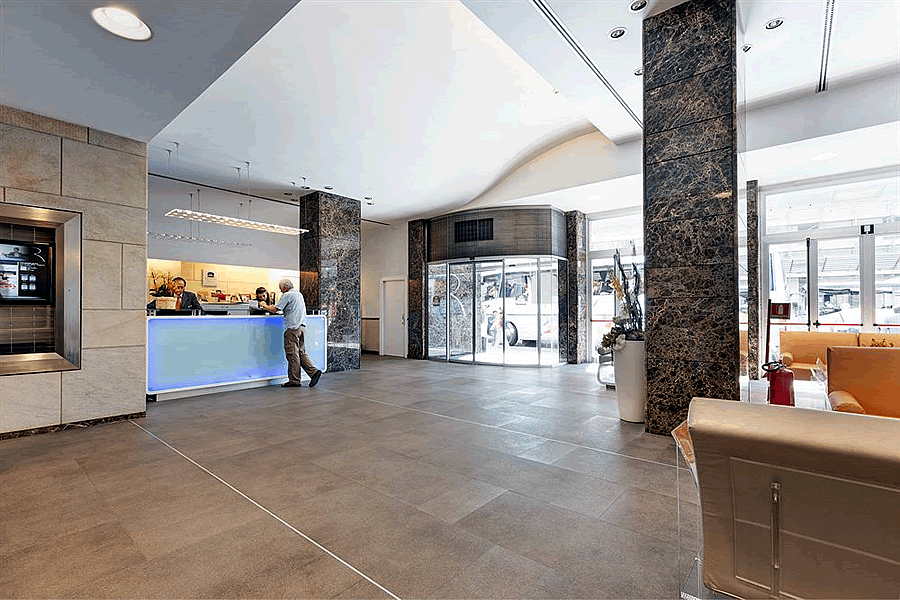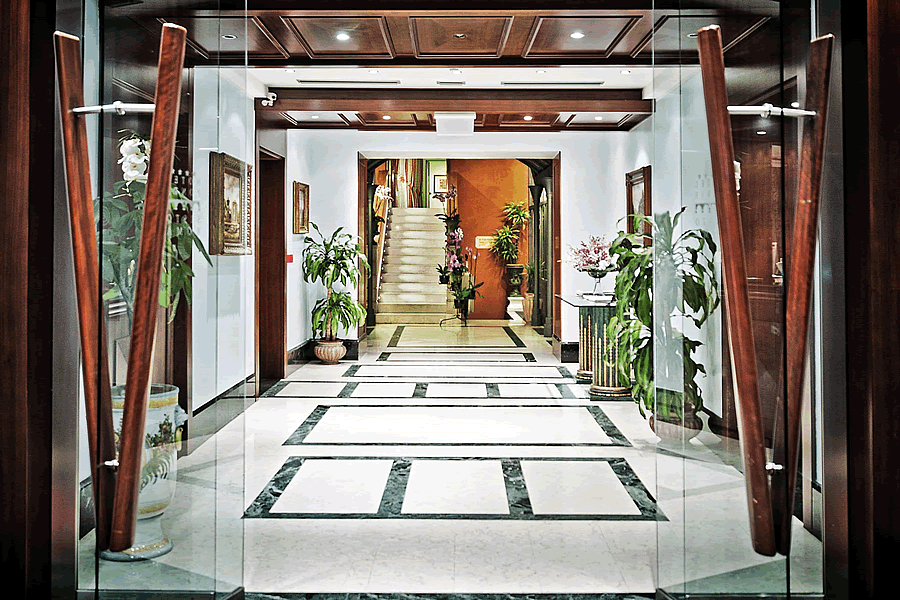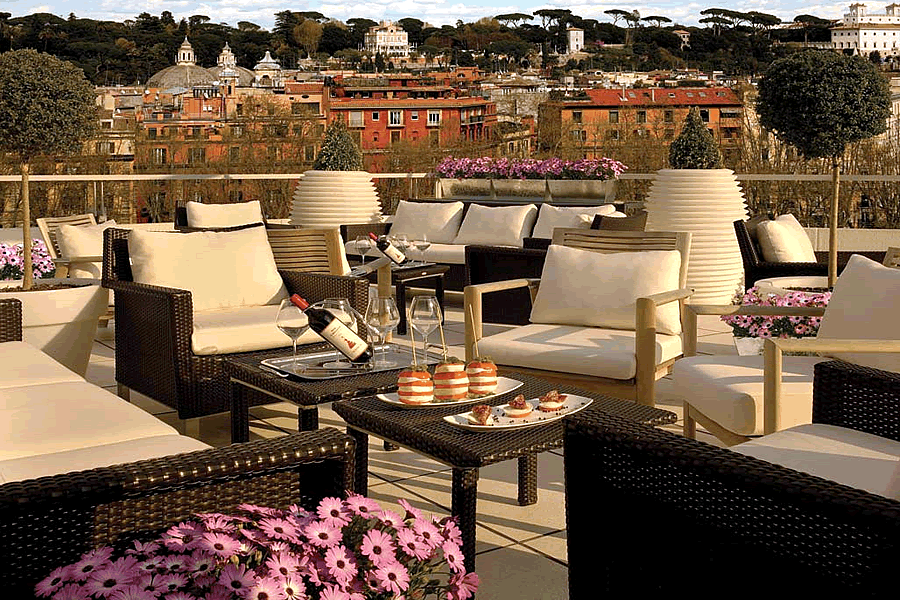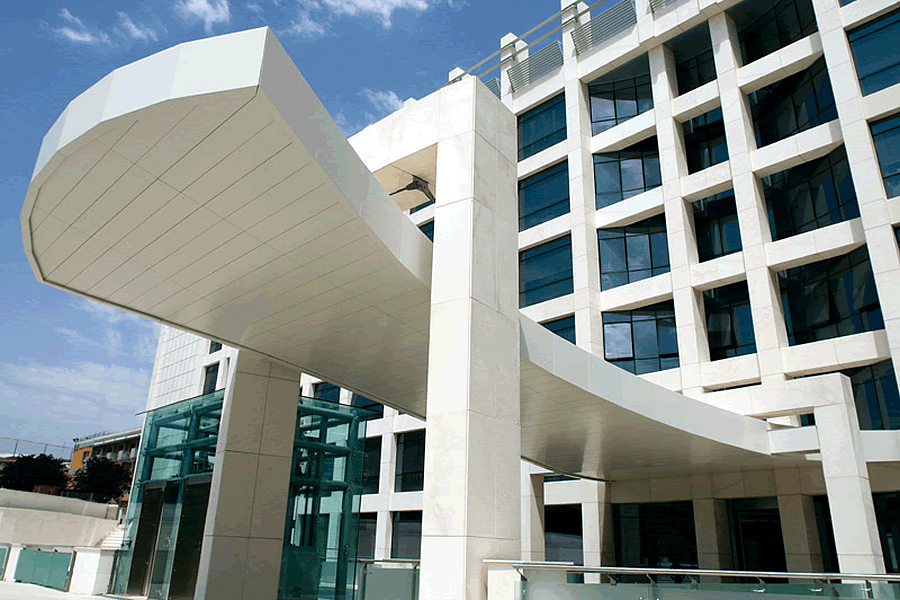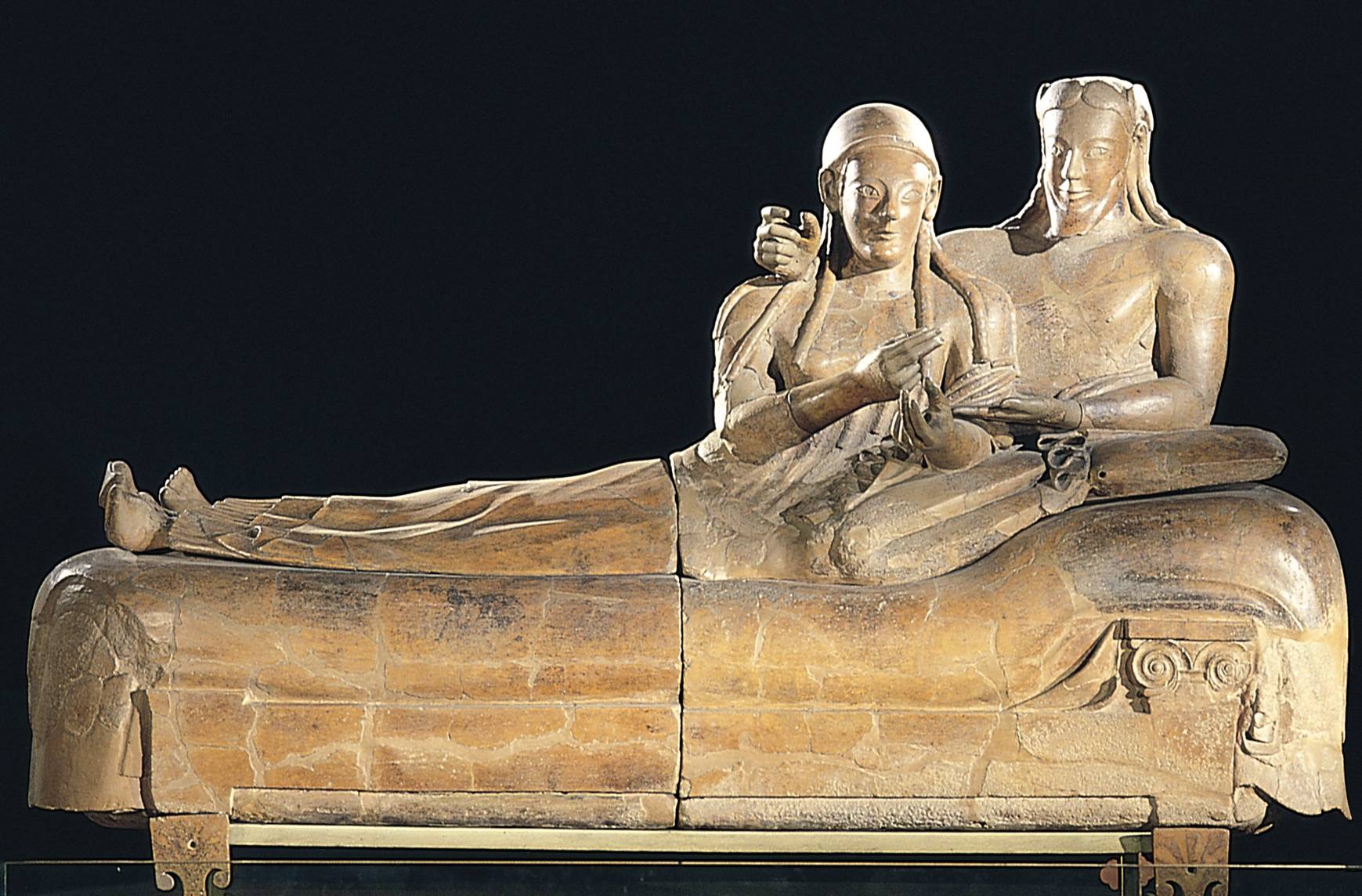

Etruscan Museum Wheelchair Accessible Tours
Home > Rome Accessible Tours > Museums of Rome Accessible Tours > Etruscan Museum Accessible Tours
Interact With The Map And Choose Your Holiday
Check Our Adapted Transportation Videos
Etruscan Museum wheelchair accessible tours
Near Villa Borghese, a few hundred meters from the National Gallery of Modern Art, a beautiful and impressive building stands on the Viale delle Belle Arti.
It is the National Museum of Villa Giulia, designed and decorated with frescoes and decorations of artists as Vasari and Vignola, home to the most important museum in the world dedicated to the knowledge and study of the Etruscan civilization.
The finds are displayed following purely topographical criteria, in the sections devoted to the richest and most important of the Etruscan civilization centers such as Vulci, Veio, Cerveteri, Pyrgi, Todi and Palestrina.
Etrurian Civilazation
Of great importance also the Collections Castellani and Barberini which include a series of jewelry that are real masterpieces Etruscan jewelery, as well as very suggestive are the visitor numerous terracotta sculptures from the Tiber Valley.
The Villa was built by the popes and remained their property until 1870 when, in the wake of the Risorgimento and the demise of the Papal States, it became the property of the Kingdom of Italy.
Villa Giulia
The Museum was founded in 1889 as part of the same nationalistic movement, with the aim of collecting together all the pre-Roman antiquities of Rome and Latium area, southern Etruria and Umbria belonging to the Etruscan and Faliscan civilizations, and has been housed in the villa since the beginning of the 20th century.
Its most famous single treasure is the terracotta funerary monument, the almost life-size Bride and Groom ( the so-called Sarcofago degli Sposi ) reclining as if they were at a dinner party.
Of particular interest are the exhibits of the Apollo from Veio ( VI century BC ), the high relief and the golden thin sheets from Pyrgi ( V century BC ), the Apollo dello Scasato from Falerii ( IV century BC ), the Centaur from Vulci ( VI century BC ) and the so-called Cista Ficoroni from Palestrina ( IV century BC ).
The reconstruction of the small Greek-Etruscan Temple of Alatri realized in 1890-91 in the garden of the villa is of particular interest.
Booking & Travel
Etruscan Museum wheelchair accessible tours.
Unmissable visit at it with our Rome Accessible Tours.
Specifically tailored to wheelchair users, reduced mobility persons with an adapted transport.
Our Travel Offers
-
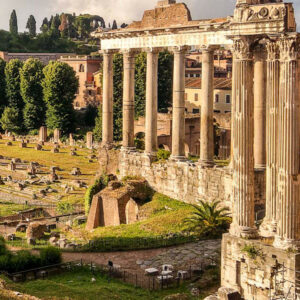 Roman Forum Wheelchair Guided Tours - 3 hrs
£95.00 from
Roman Forum Wheelchair Guided Tours - 3 hrs
£95.00 from
-
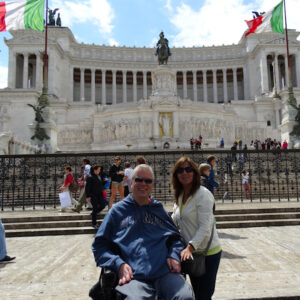 Rome Wheelchair Accessible Holiday Package - 8 hrs Daily
£299.00 from
Rome Wheelchair Accessible Holiday Package - 8 hrs Daily
£299.00 from
-
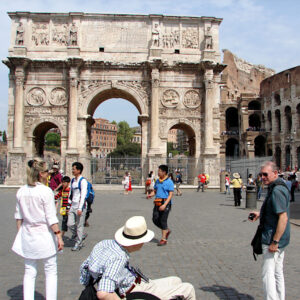 Colosseum, Roman Forum and Palatine Hill Wheelchair Guided Tours - 8 hrs
£65.00 from
Colosseum, Roman Forum and Palatine Hill Wheelchair Guided Tours - 8 hrs
£65.00 from
-
 Domus Aurea Wheelchair Guided Tours - 3 hrs
£95.00 from
Domus Aurea Wheelchair Guided Tours - 3 hrs
£95.00 from
-
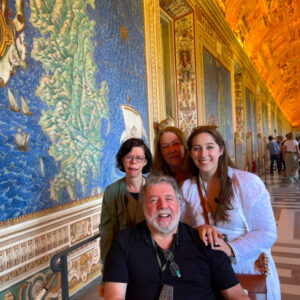 Vatican Museums, Sistine Chapel, St Peter Church Wheelchair Guided Tours - 6 hrs
£75.00 from
Vatican Museums, Sistine Chapel, St Peter Church Wheelchair Guided Tours - 6 hrs
£75.00 from
-
 Baths of Caracalla Wheelchair Guided Tours - 3 hrs
£95.00 from
Baths of Caracalla Wheelchair Guided Tours - 3 hrs
£95.00 from
-
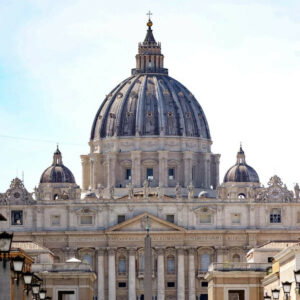 St Peter Church Wheelchair Guided Tours - 3 hrs
£95.00 from
St Peter Church Wheelchair Guided Tours - 3 hrs
£95.00 from
Rome Wheelchair Free Barrier Services
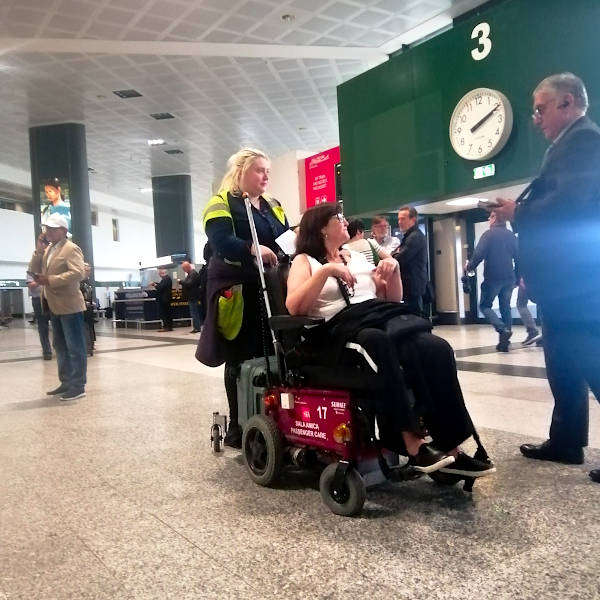

Personalized transfer service from any Rome Airports to your destination and vice versa for tourists in wheelchair.

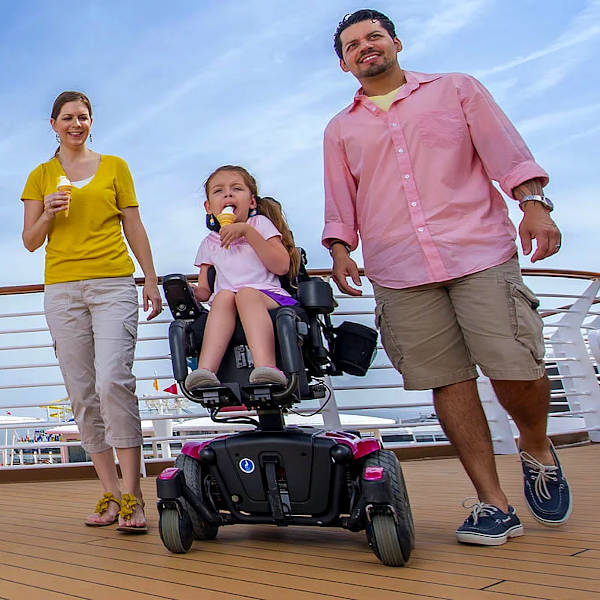

The best private Shore Excursions from Civitavecchia port, for Rome and Vatican wheelchair accessible tours.



Various aids can be rented with your holiday package. Your reliable and convenient solution while travelling.

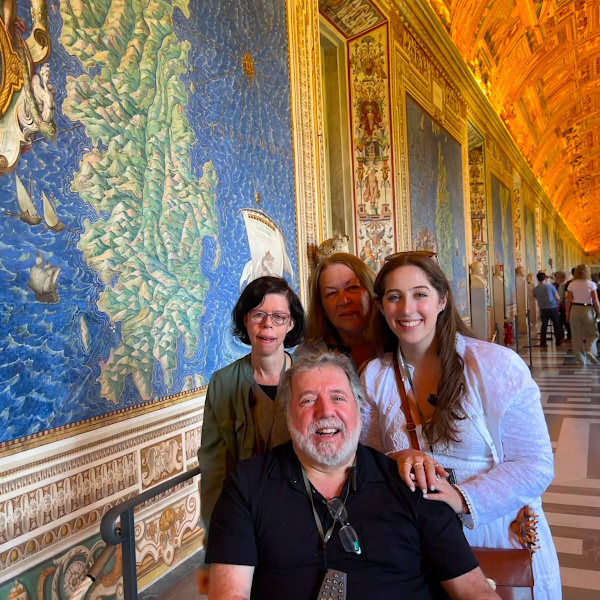

Book a tour with a private guide and visit the most beautiful Museums of Rome. A journey to discover beauty.

Rome Wheelchair Accessible Hotels Free Barrier
Rome, LR08
Capitoline Hill Area
Rome, Italy 00186
Rome, LR07
Capitoline Hill Area
Rome, Italy
Rome, LR02
Colosseum Area
Rome, Italy
Rome, LR06
Barberini Area
Rome, Italy
Rome, LR05
Termini Station Area
Rome, Italy
Rome, LR04
Navona Square Area
Rome, Italy
Rome, LR03
Prati Area
Rome, Italy
Rome, LR01
Eur Area
Rome, Italy
Testimonials
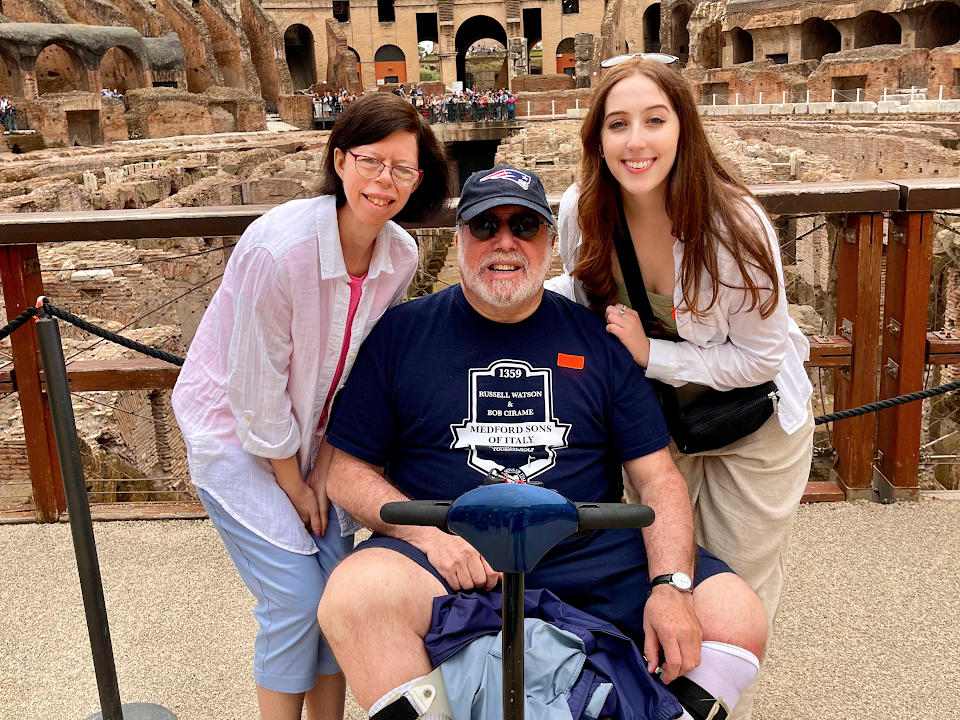
19th May 2023

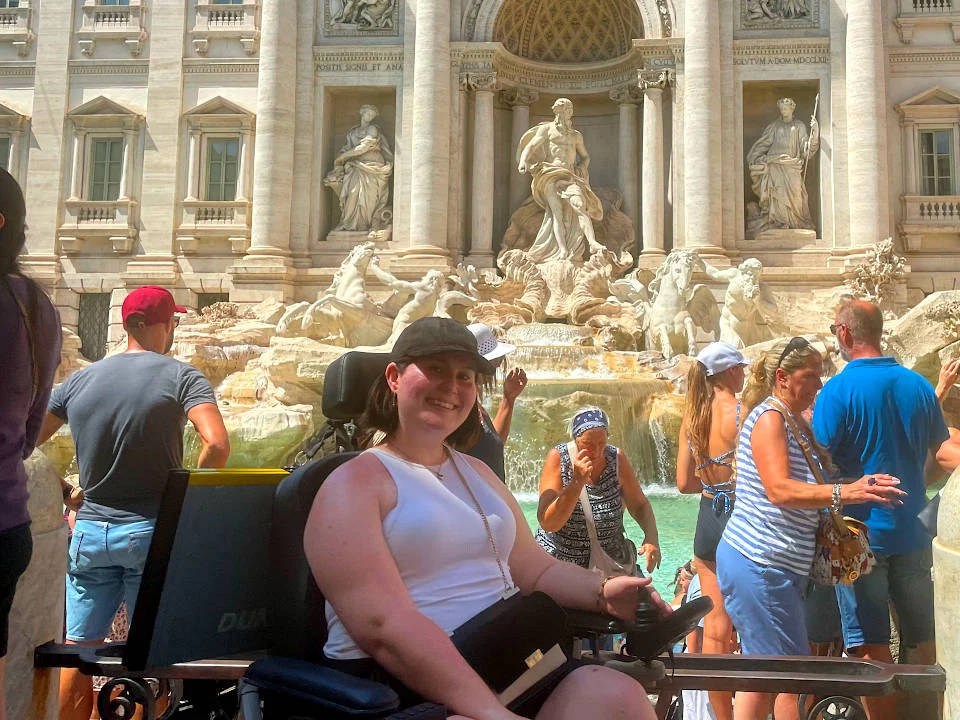
30th August 2022
This summer, my mother and I contacted Accessible Italian Holiday a day before ...

25th July 2019
I have Friedreichs Ataxia and my Dad organised a trip to Italy. He made contact ...

4th October 2018
Our guide was not only an excellent and reliable driver who met us on time ...
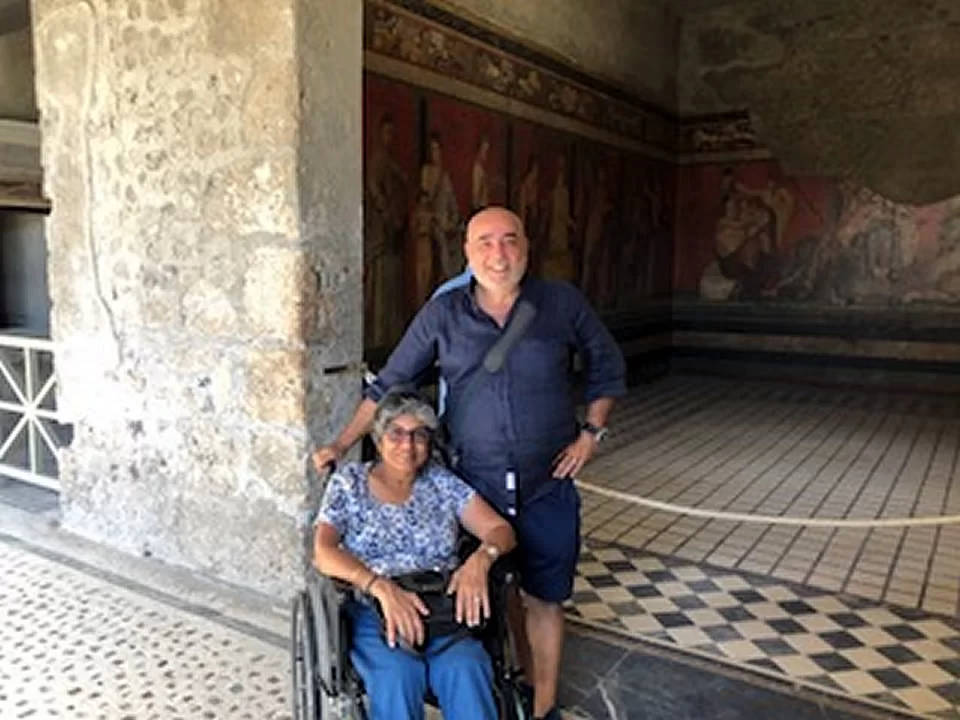
9th September 2018
If you are in wheelchair and want to see the towns and cities of Italy, Vincenzo ...

29th March 2018
Hi Vincenzo, we often talk of the wonderful times we had in your beautiful country ...

10th July 2017
Thank you for the superb return transfer in Rome on July 10th and returning on 21st ...
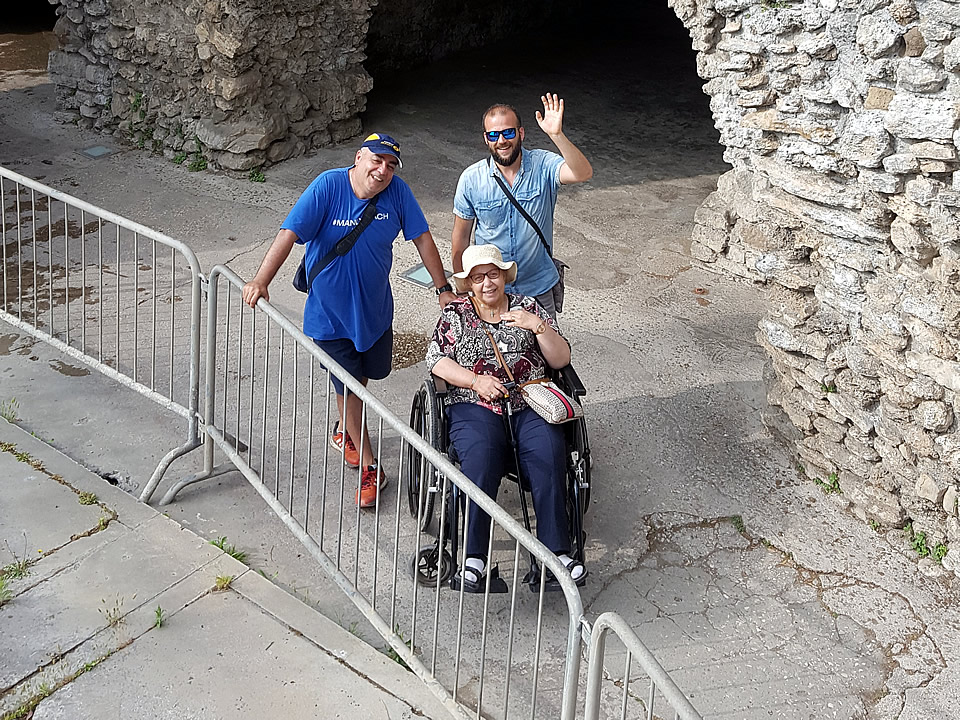
11th June 2017
My mother and me have just returned from a wonderful holiday in the beautiful...
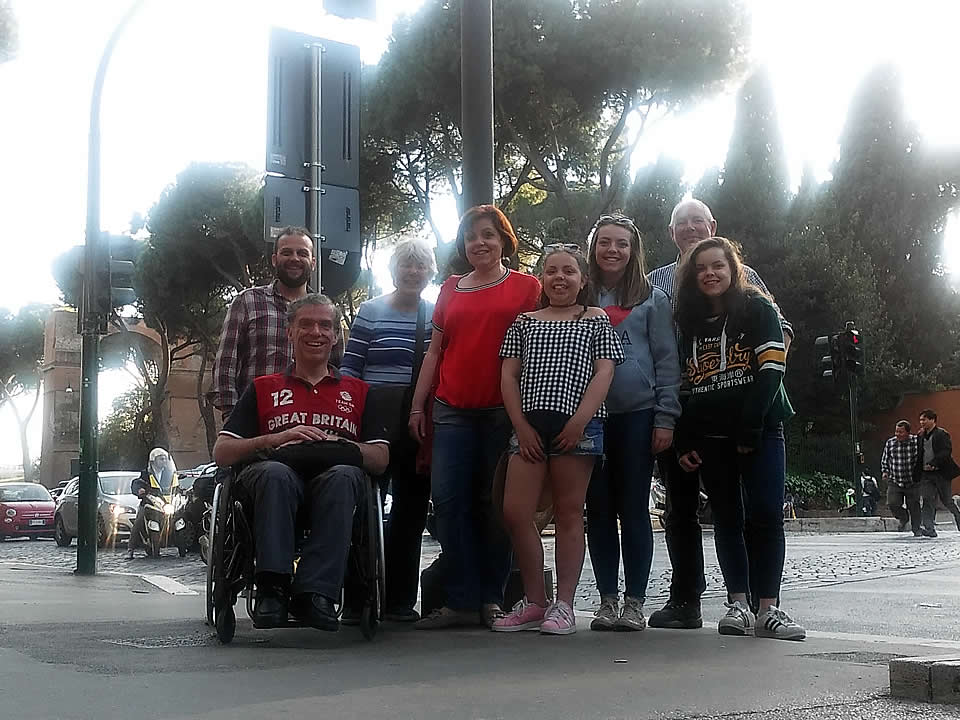
13th April 2017
We visited Rome from 9-13 April 2017 and were delighted with the friendly efficient...

31st July 2016
Dear Vincenzo, my husband and I have just returned home from our Cruise and wanted...
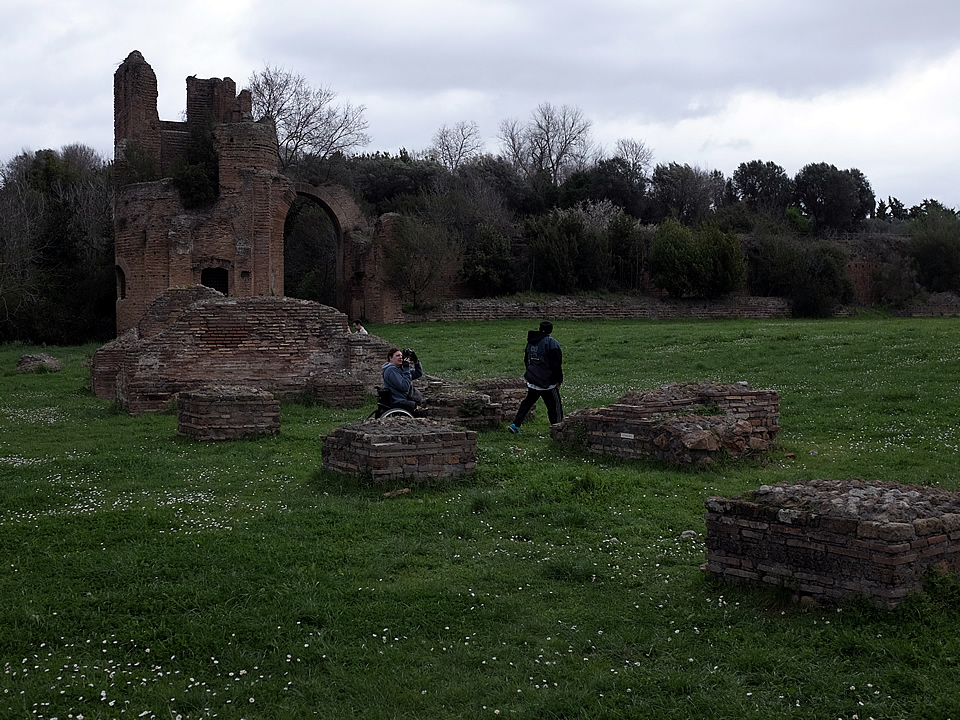
29th February 2016
I spent a week in Rome with Enzo last month using Accessible Italian Holiday ...
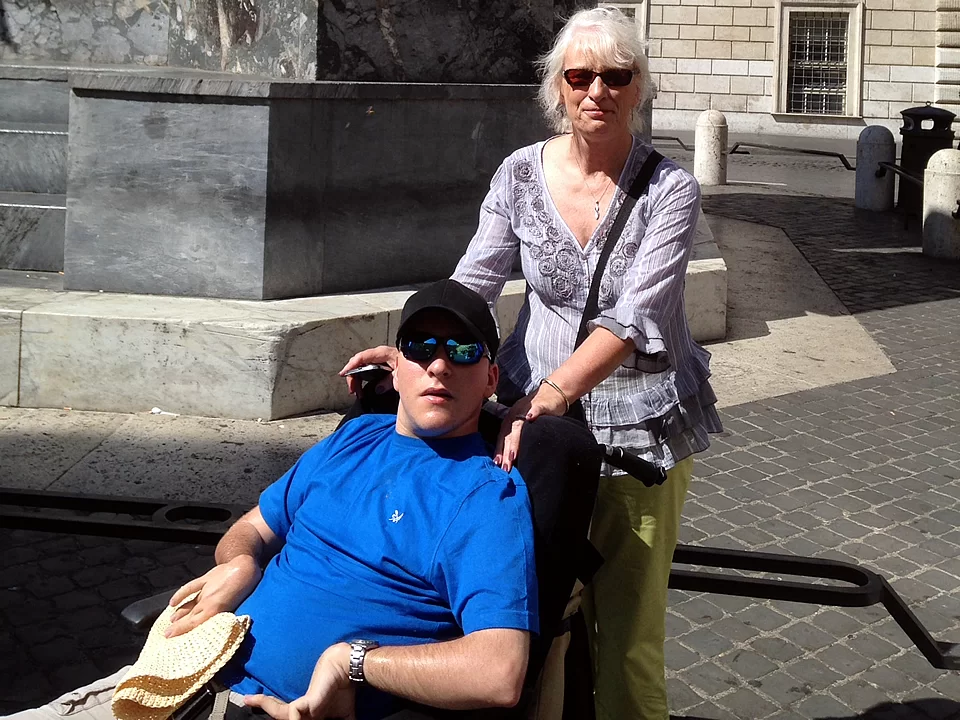
6th August 2014
Dear Vincenzo, We would like to express our thanks for all you did to make our ...
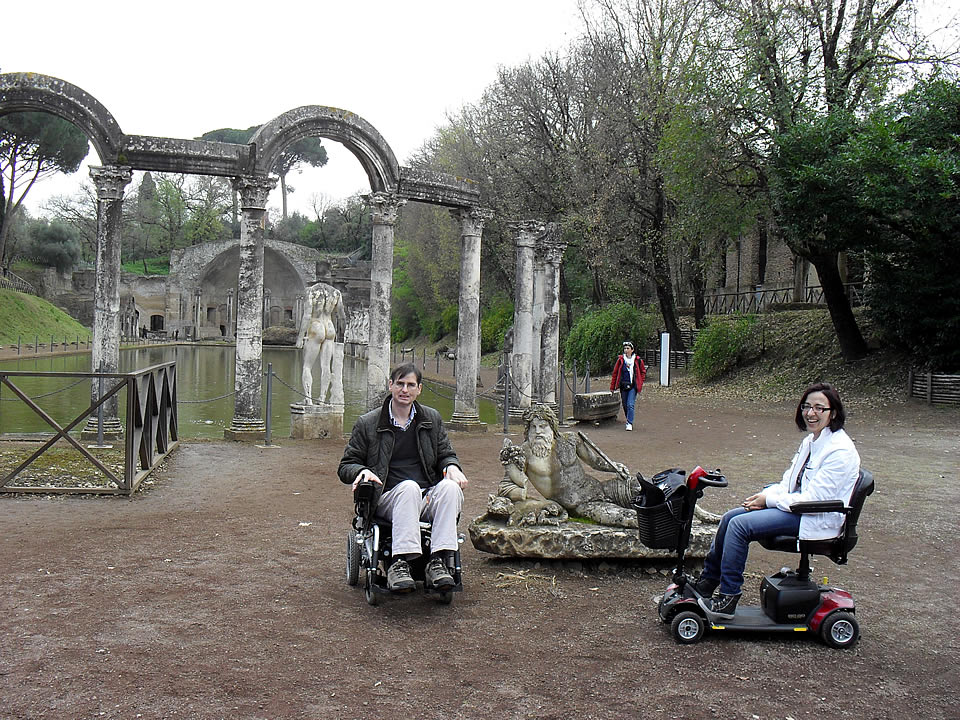
30th March 2014
The Vatican Museum, St Peter Church, The Colosseum, Ancient Ostia, Hadrian Villa,...
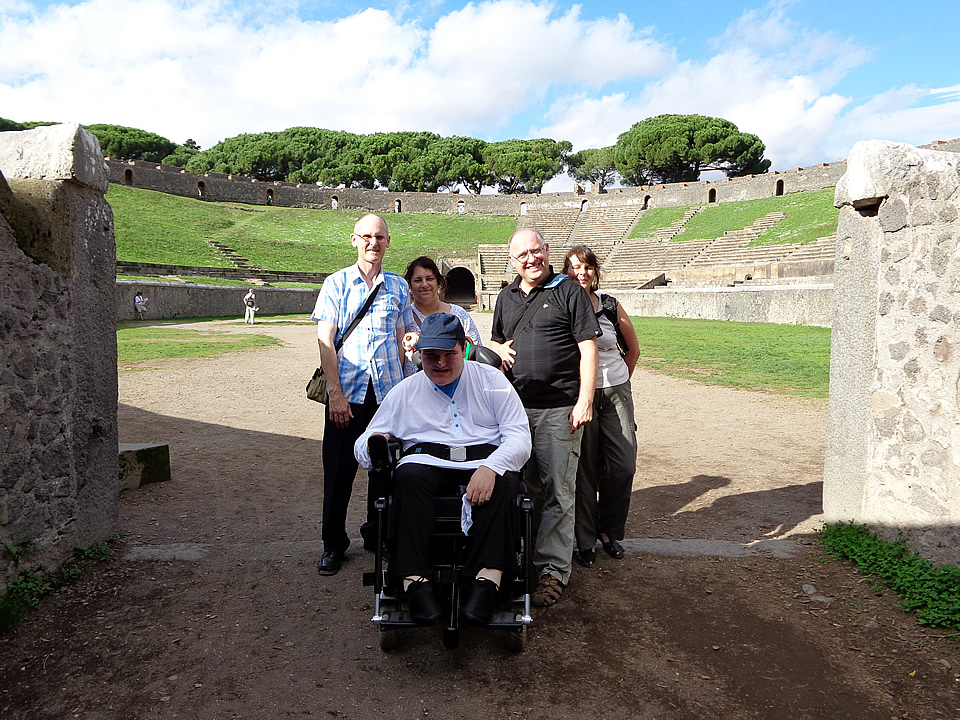
8th November 2013
Thanks for you e-mail, apologies for not replying sooner, however at long last we have...
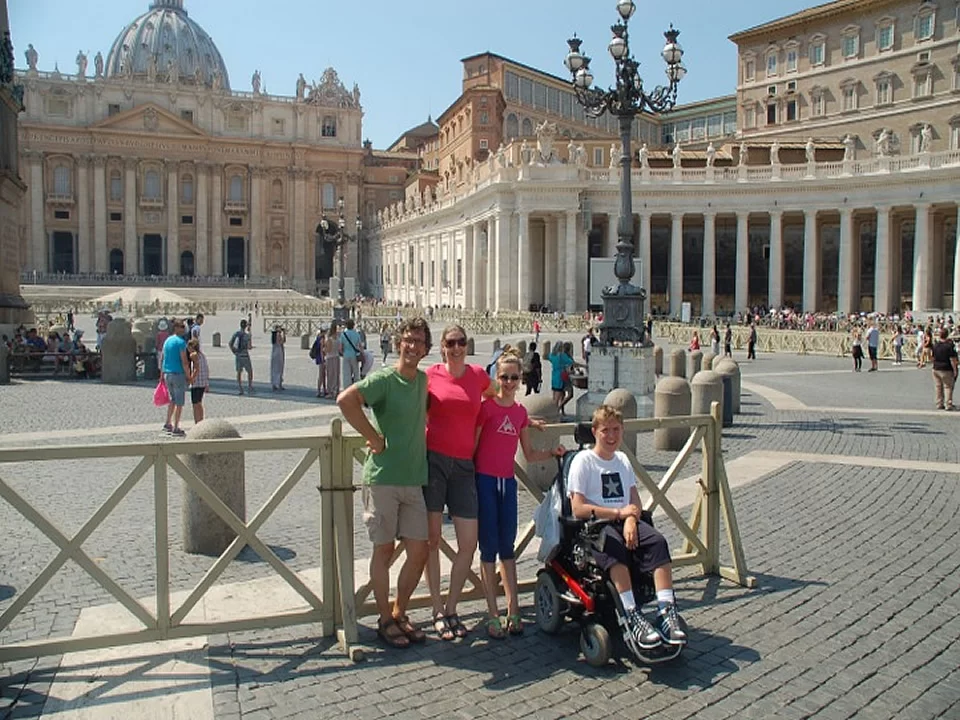
14th July 2013
Mr Vincenzo, of Accessible Italian Holiday, made reservations for us ...





